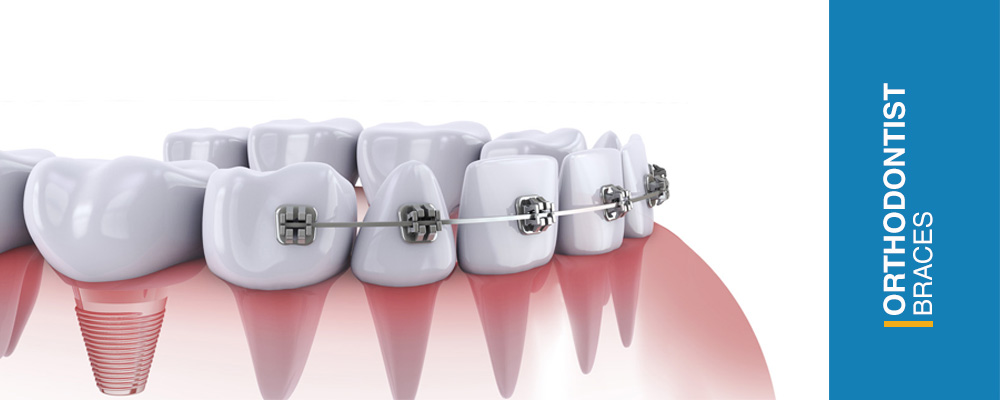
Orthodontist Braces
2min ReadOrthodontist Braces are devices used in orthodontics that align and straighten teeth and help position them with regard to a person’s bite, while also aiming to improve dental health. Braces also fix gaps.
Duration of Orthodontist Braces Treatment
On average, most people wear full braces for one to three years. Retainers may be worn indefinitely to ensure that the final results remain stable.
Before care, procedure care, and aftercare Orthodontist Braces Treatment
Before surgery
- Oral exam. A full exam of your teeth, jaws, and mouth.
- X-rays. You’ll get a series of X-rays to determine the position of teeth. Plaster models. You’ll bite into the soft material, which remains on your teeth for a few minutes. From this impression, a plaster model of your teeth (dental cast) is created and the orthodontist evaluates your bite.
- Potential tooth extraction. If your mouth is very overcrowded, there may be limited or no room in the jaw for all the existing teeth.
- Other procedures. In severe cases, where tooth movement alone will not correct a bite that’s significantly out of alignment, jaw repositioning surgery is required in combination with orthodontics.
The process of the treatment
Treatment is done in three phases:
The initial placement of the braces (or clear aligners)
A cheek retractor is used to make sure that the teeth remain dry and visible throughout the procedure to place dental braces. The teeth should be polished well, conditioned, air-dried and primed before the brackets are placed to help the bonds to form properly.
Periodic adjustments Orthodontist Braces
After fixed braces are placed on your teeth, your orthodontist adjusts them periodically by tightening or bending the interconnecting wires. This puts mild pressure on the teeth and gradually shifts them into new positions.
Use of a retainer after the braces are removed
After dental braces are removed, the newly straightened teeth need to be stabilized for a period of time (retention period) to prevent them from shifting back to their original position. This is accomplished with the use of a custom-made appliance typically made of plastic or plastic and metal wires that help teeth stay in place (retainer).
Possible risks include
- Decalcification and Cavities
- Soft Tissue Injuries
- Allergic Reaction
- Shorter Root Lengths
- Loss of Correction
Prescribed for
Most children get braces between the ages of 8 and 14 years, while their facial bones are still growing and their teeth are easier to move but adults also can benefit from wearing braces.
Dental braces are used in the following cases:
- Overcrowded or crooked teeth
- Too much space between teeth
- Upper front teeth that overlap the lower teeth too much — either vertically (overbite) or horizontally (overjet)
- Upper front teeth that bite behind the lower ones (underbite)
- Other jaw misalignment problems that cause an uneven bite
Duration of hospitalization
This treatment does not need hospitalization.






Reviews
Number of pending reviews174